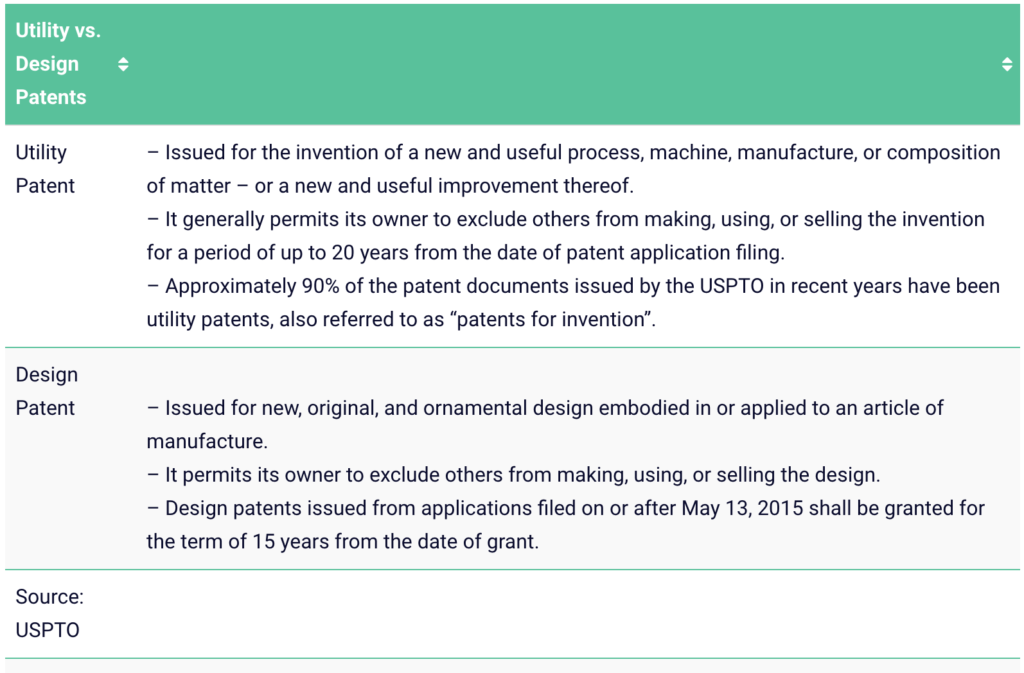In a technology-driven age, information-sharing occurs at a rapid rate. Start-ups that fail to protect intellectual property early come to regret that prioritization failure. Learn how to manage IP risk when working with third parties.
The Importance of Your “Secret Sauce”
As a hardware entrepreneur, you’ve probably been involved in developing some sort of secret sauce that is integral to the success of your product (if not, you’d better hire a really good marketing team!) Perhaps the survival of your business depends on this very thing, and if anyone else were to steal it or imitate it, you’d have trouble competing in the marketplace. This “secret sauce” that differentiates you and gives you a competitive advantage is more formally known as intellectual property (IP). It refers to the creations of intellect for which a monopoly is legally assigned to designated owners. Intellectual property rights (IPRs) are granted to those who create IP to help protect against lookalikes and copycats.
Understanding the in’s and out’s of intellectual property is difficult enough for the seasoned entrepreneur. For those just starting out, it can be utterly baffling. When should you file for a design patent? Do you need copyrights for your business as well? What exactly is a trade secret? If these questions weren’t enough to handle, dealing with intellectual property only becomes more complicated when you factor third parties into the equation. As a hardware startup, you likely rely on a number of suppliers and manufacturing partners to support the scaled production of your product. Such third party relationships, however, can jeopardize the protection of your intellectual property. The key is not to avoid working with third parties altogether, but to understand how to partner with them in a way that keeps your secrets as they should be kept – secret.
Common Intellectual Property Pitfalls
Oftentimes, hardware startups are so focused on finding the right suppliers, kicking off production with their manufacturers, or managing risk within their supply chains, that they don’t even think about intellectual property. Growth-stage companies will be so excited to have found an affordable, quality supplier that they neglect to sign a nondisclosure agreement (NDA). The purpose of an NDA is to protect non-public business information. Without one, your suppliers can legally divulge what you may consider to be confidential or proprietary information. Not an ideal situation, right? Another common pitfall that early-stage growth companies make is to not disclose existing patents. If you have a patent that relates to the specifics of how your product is made or manufactured, your suppliers probably need to know. It also alerts them to the fact that certain product details or manufacturing methods are unique to your business and cannot be translated to other third party relationships.
Perhaps most common, hardware startups often tend to underestimate themselves. They fail to realize altogether that unique, unprotected technology is already embedded in their existing designs or manufacturing processes. Particularly with regard to manufacturing, most startups tend to misjudge or undervalue these processes, instead of recognizing them as unique technologies that need to be protected. Underestimating the value of “know-how” in the manufacturing process is another way that startups run into trouble. Suppliers might not necessarily share this critical information, which can jeopardize the company’s future product improvements. On a related note, many early-stage businesses mistakenly allow their suppliers to own critical manufacturing process IP of their product. This is a tremendous risk, as it prohibits startups from upgrading future product versions and scaling their process without the supplier’s blessing and cooperation.

How to Safeguard Your Secrets
Now that you know what’s at stake, let’s get down to brass tacks. What are the best practices for protecting your intellectual property when working with third parties? First things first: secure NDAs with your suppliers. Incorporate the NDA as a line item in your negotiation discussions so suppliers are aware of your IP expectations up front – and don’t enter into any new third party relationships without one. To take it a step further, don’t focus solely on product design and forget how that product gets made. Fence in your IP by adding all unique manufacturing and assembly process concepts.
Make sure to file for all potential patents before providing a supplier with the product data and files. Don’t just think about today, but consider what will be developed in the future as well. Include wording in contracts with suppliers that all unique design, tooling, and manufacturing processes developed during the course of production and supply will be your property. There may also be situations in which a supplier brings a unique process that supports your product. In such instances, consider sharing IP or a joint development agreement (JDA). Similarly, if a supplier is offering the only option for a unique material, component, or manufacturing process that is core to your IP, consider providing equity in your company in exchange for exclusive supply. This aligns interests and helps make the supplier equally vested in the commercial success of your company.
Outside of copyrights, trademarks, patents, and trade secrets, you can also help protect your IP by being mindful of the way in which you run your business. According to the Forbes Technology Council, you should focus on operating leanly and moving quickly. If you are continuously improving and constantly innovating, it will be harder for your competitors to keep up with you. When possible, consider maintaining separate teams within the organization structure so no one supplier or third party has access to all of the information regarding your product. Finally, be diligent about information security when it comes to your business. Store key files and data in locations that are not only protected by passwords, but also some form of multi-factor authentication.
Don’t Underestimate Intellectual Property
In a technology-driven age, information-sharing occurs at a rapid rate. What if the information being shared was the secret to your success? Having invested a significant amount of time and resources into developing your business, you can’t afford to have your competitors know what you know. So take the necessary precautions to protect your intellectual property – from a legal standpoint, to how you work with your suppliers, to the way in which your internal team operates.
When it comes to intellectual property and managing relationships with third parties, this is just the tip of the iceberg. Sign up to receive additional information on how you can protect your business and keep your secrets secret.



